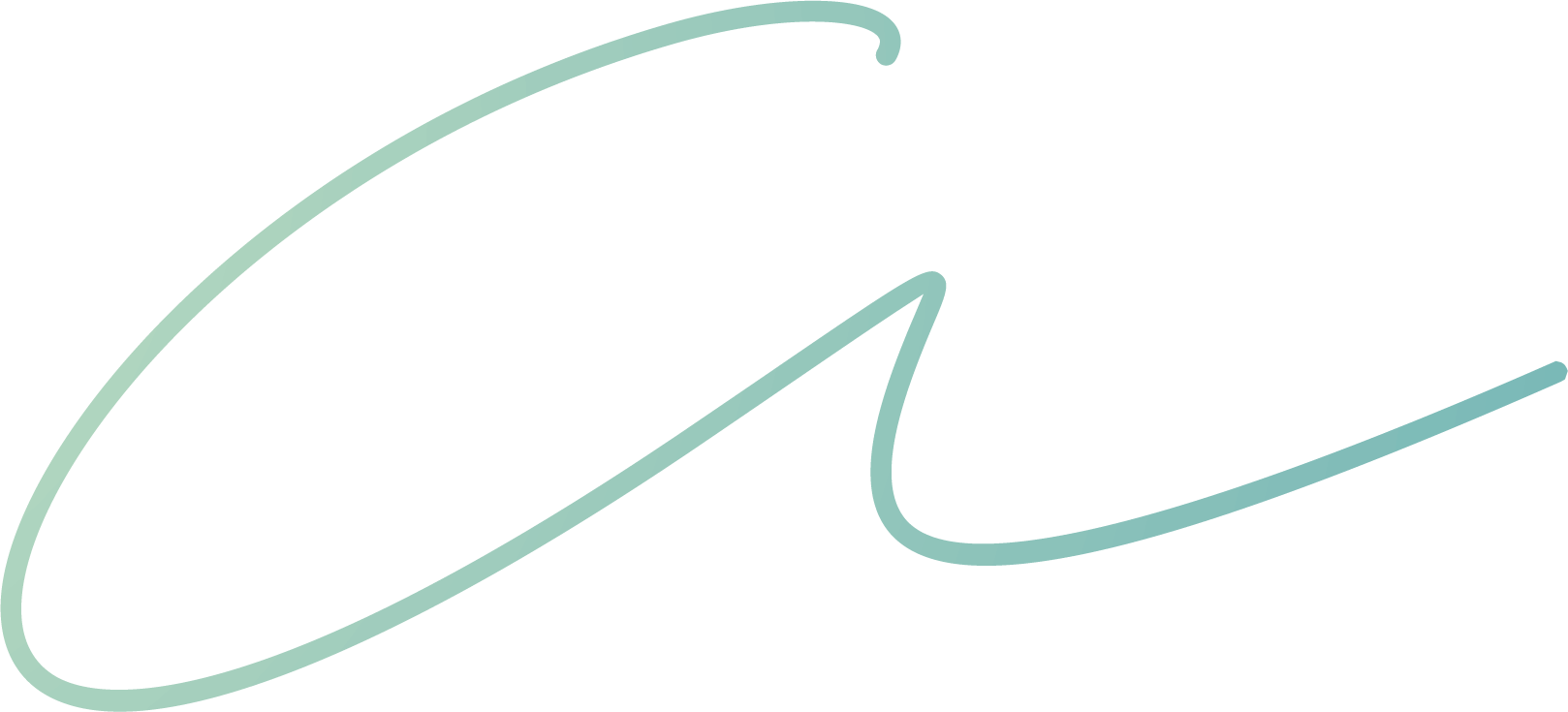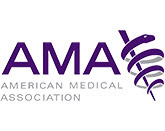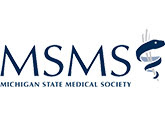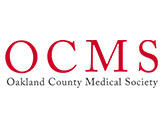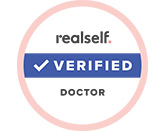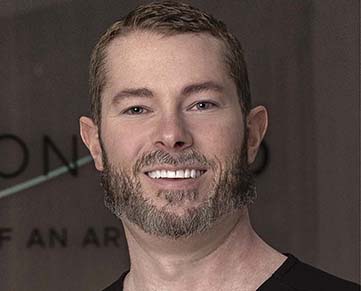Vertical Vector Facelift
CONVENIENTLY LOCATED TO SERVE TROY,
BLOOMFIELD AND DETROIT
The most advanced facelift on the planet
What is a Vertical Vector Facelift?
The Vertical Vector Facelift is a deep plane facelift that addresses all of the same levels of the face as a traditional facelift, but also includes repositioning of the cheek fat in a vertical direction to restore this sagging fat to its more youthful position. The vertical vector facelift also addresses the jowl, jawline, neck, and eyebrow.
Why does Dr. Compton prefer a Vertical Vector Facelift?
- Longest lasting, most natural looking facelift results
- Restoration of natural volume in the cheek
- Softening of the nasolabial fold crease
- Reposition the jowl superiorly to a youthful position
- Quicker recovery and shorter surgical time than many facelifts
- Comprehensive neck reshaping treatment
- Includes an elevation of the outside part of the eyebrow
Where did this Vertical Vector Facelift technique come from?
The Vertical Vector Facelift is a technique that has been developed and popularized by Dr. Andrew Jacono in New York City. Dr. Jacono is arguably the best and most famous face lift surgeon in the world, and for a good reason, his results are amazing! He was disappointed in the results from traditional facelift techniques, so began perfecting a modified deep plane technique to obtain the jaw dropping results he provides to patients daily. Dr. Compton was trained directly by Dr. Jacono in these techniques including in depth, hands on surgical training in these techniques.
What is the procedure like for a Vertical Vector Facelift?
The Vertical Vector Facelift is a surgery that can be done in the office using local anesthesia and sedation, or in the OR with a general anesthetic. The patient is marked sitting up before the surgery including the incisions which are similar to those of a traditional face and neck lift with partially hidden incisions around the temporal tuft (sideburn area), around the ear, and down the neck hairline. After sedation and numbing, the skin is lifted, until the facial retaining ligaments are encountered. The cheek fat and skin are gently separated to allow tension free repositioning. The cheek soft tissue is repositioned in a vertical direction to lift the jowl, nasolabial fold, and cheek mound to a natural youthful position. The neck can be contoured as done in a necklift. (For more details, check out the neck lift page.) The loose skin is then precisely removed to provide smooth contours and closed without tension to create ‘barely there’ scars.
What is the recovery like for a Vertical Vector Facelift?
After surgery, the face will be wrapped in a soft dressing for 48 hours. There may have been drains placed in the neck, and/or hemostatic netting sutures that will be removed at your first postop visit. You will be required to wear a supportive garment 24/7, for a week, then only at night for one month. There will likely be swelling and bruising as well as areas of numbness. You will be required to care for your incisions with cleaning and ointment application. You will be provided antibiotics, pain medications, steroids, and nausea medication. You will generally be ready to return to light work in a few days but will not be socially presentable for 10-14 days. The long-term results will take 3-6 months to finalize, but the major changes will be visible right away.
Thanks for the great job you did on me. May the good Lord continue to bless you!
– T.C.
Does the vertical vector facelift carry more risks than a ‘traditional’ facelift?
The scariest complication of any facelift is a facial nerve injury which causes facial movement asymmetries. Multiple studies have shown that there is no difference in facial nerve injury between a vertical vector facelift and a more traditional type of facelift (SMAS lift). Other complications like hematoma (blood collection) and vascular skin loss are also similar in rate likely because all of these complications are more related to the patient than the procedure. The VVF is shown to have a lower revision rate, longer time to revision, and better overall scar appearance.
How much does a Vertical Vector Facelift cost?
The cost of a vertical vector facelift is variable based on the underlying anatomy, issues present, and the amount of work required to correct these issues. The cost is higher than a traditional facelift due to the advanced nature of the procedure and the increased skill and expertise required. Of course, with all things in life, you get what you paid for. We will create a customized quote for your specific case at your consult visit. The vertical vector facelift from Dr. Compton is designed for patients looking for the absolute best, most natural looking, longest lasting results. You know Dr. Compton for his uncompromising commitment to quality, and this procedure is no different.
Before & Afters


Dr. Compton, can you tell me more about the Vertical Vector Facelift?
A Vertical Vector Facelift is the most advanced type of facelift and is preferred by Dr. Compton due to its ability to reposition the soft tissues of the face and neck in the most predictable and natural looking way. The basis of this technique is the release of the facial retaining ligaments to allow repositioning of the cheek soft tissues in a vertical direction. This moves the volume that is lower in your face to where it used to be, near your cheekbone. Releasing and repositioning these supporting structures is the key difference from other facelifts, and is what allows tension free repositioning and closure. Most facelifts utilize tension to tighten the facial structures and pull against these ligaments. This gives an unnaturally pulled look also known as the windblown look. Tension also causes the most common failures of a traditional facelift including widened scars, pulling the earlobes down, and recurrent sagging.
The Vertical Vector Facelift is a technique that has been developed and popularized by Dr. Andrew Jacono in New York City. Dr. Compton has learned these techniques directly from this leader, who is arguably the best and most famous face lift surgeon in the world. The Vertical Vector Facelift incisions are similar to those of a traditional face and neck lift with partially hidden incisions around the temporal tuft (sideburn area), around the ear, and down the neck hairline. The skin of the face and neck are elevated, until the facial retaining ligaments are encountered. These are gently separated from the cheek fat and skin. The cheek fat is then repositioned in a vertical direction to create the most natural facial contours that can be obtained in any type of facial rejuvenation surgery. Dr. Compton will contour the fat and structures of the neck before securing the neck bands to the deep structures, ensuring a great neck angle. (For more details, check out the neck lift page.) The loose skin is then precisely removed to provide smooth contours without any tension and create ‘barely there’ scars.



Jacono A, Bryant LM. Extended Deep Plane Facelift: Incorporating Facial Retaining Ligament Release and Composite Flap Shifts to Maximize Midface, Jawline and Neck Rejuvenation. Clin Plast Surg. 2018 Oct;45(4):527-554. doi: 10.1016/j.cps.2018.06.007. PMID: 30268241.
Of course, as with any surgery, there are risks. The most common issues are minor contour irregularities, and recurrent loosening of the skin. These are easily treated in the office. Larger issues include prolonged swelling, fluid or blood collection, and infections. While these are rare, they complications do occur occasionally. Most often these are related to high blood pressure, bleeding disorders, not wearing the pressure dressing, or being too active postoperatively.
Most patients are very concerned about the scariest complication, facial nerve injury. While it is true that the facial nerve is visible in multiple parts of this surgery, the truth is that with the correct technique, injury to this nerve happens very infrequently. Multiple studies in the literature show that with a well-trained surgeon, a facial nerve injury will occur in less than 1% of patients. The key to avoiding this issue, as well as many others, is a thorough understanding of facial anatomy and gentle handling of tissues. Facial plastic surgeons like myself, work around and on the facial nerve, every day in the operating room so this type of a surgery is common.
The Vertical Vector Facelift always includes a deep neck lift, and temporal browlift because of the way the tissues are moved. Most patients like to combine this surgery with other enhancements as well, most commonly buccal fat removal, lip lift, facial fat grafting, upper and lower eyelid surgery and skin resurfacing procedures. The Vertical Vector Facelift can be done in the office using local anesthetics with sedation, or in the OR with you completely asleep. Cost and comfort level are the key factors in deciding which is right for you.
Your Vertical Vector Facelift will be performed by Dr. Andrew Compton at Royal Oak Beaumont Hospital, West Bloomfield surgery center or in his office in Troy.
Keys to the vertical vector facelift:
- Place incisions in the most hidden areas possible
- Correctly separate the different layers of the face and identify the appropriate anatomy
- Release the structures holding the face in the current position (facial retaining ligaments)
- Contour the deep and superficial fat of the neck under the jaw to create the best shapes
- Gently move the supporting structures of the face and neck to the ideal position and secure them without tension
- Remove the appropriate skin and close without tension on the skin
- Enjoy the absolute best and most natural results possible for decades to come
